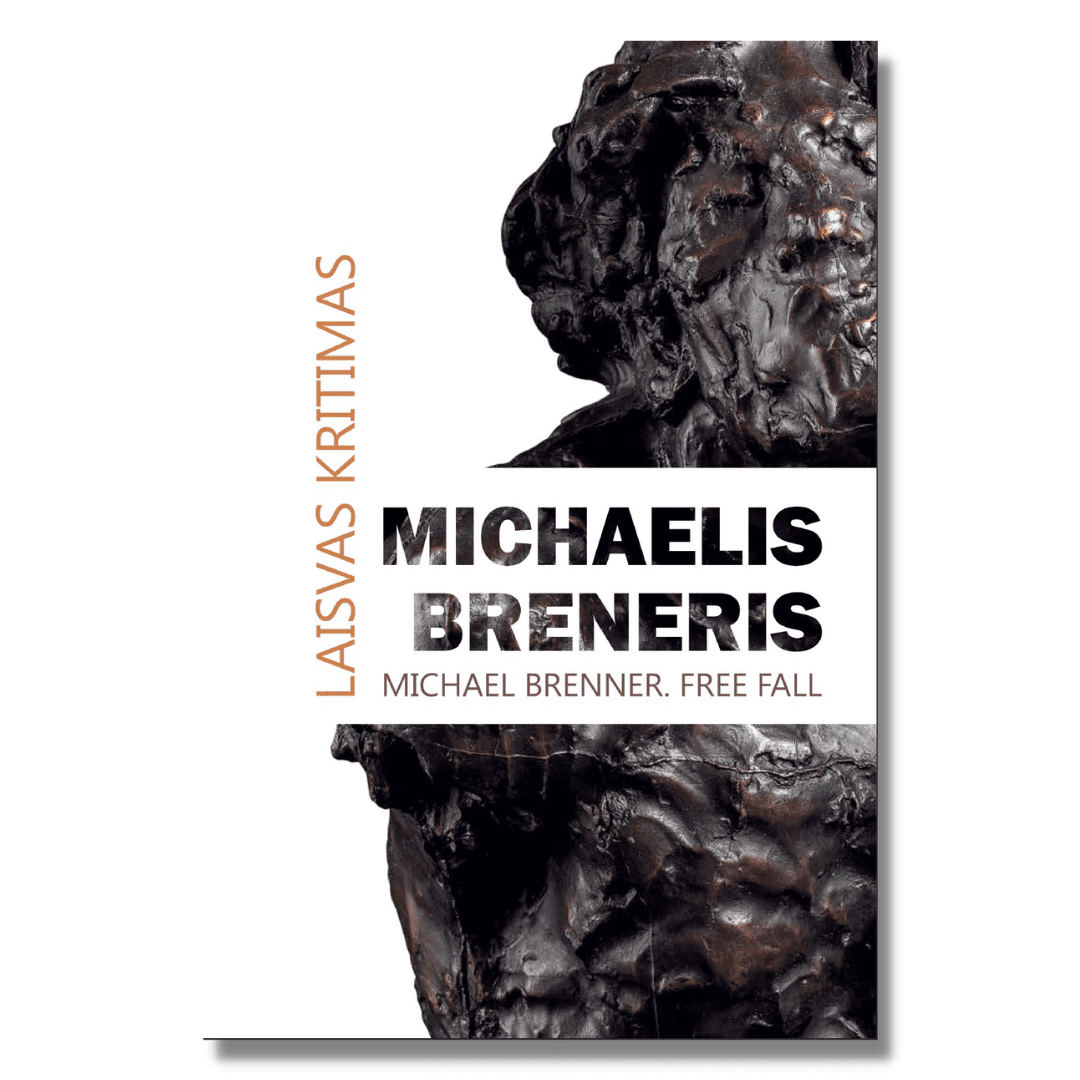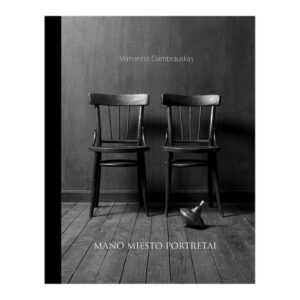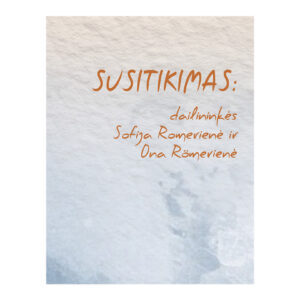For the first time in Lithuania and Europe, an exhibition of sculptures by the expatriate Litvak sculptor M. Brenner was held in the villa-museum of Chaim Frenkel of the Šiauliai "Aušra" Museum. In this exhibition "Michael Brenner: Free Fall. Šiauliai–New York–Paris–Šiauliai" catalogue contains images of the surviving sculptures of M. Brenner. They were donated to the Museum of Jewish History of Sheduva "The Missing Shtetl" by joseph and his wife Nadya, the sculptor's son.
Michael Brenner (1885–1969) was born in Šiauliai into a creative Jewish family. There was a second of five children. His older brother Victor, at the age of nineteen, went to the United States of America, New York, where he became a famous carver and medal maker - in 1909 he created a US one-cent coin. In 1895, the entire Brenner family followed in his footsteps and traveled to New York.
Brenner's tendency to create became apparent in his youth. Under the auspices of brother Victor, he gradually revealed himself as a talented artist. He graduated from the League of Art Students in New York, which was especially popular among Litvak painters. The League of Art Students was a forge of new ideas. Artists who have returned from Europe and are familiar with modern art worked as lecturers here. These circumstances influenced the formation of Michael's artistic worldview.
Encouraged by his teacher August Saint-Gaudens, Michael went to Paris in 1901, where he continued to develop his artistic skills at the prestigious Art academies in Paris, as well as diligently studying the works of other painters exhibited in museums and exhibitions. In 1909, he founded his own studio, which operated until 1962.
In Paris, Michael was quickly spotted by the famous writer-modernist Gertrude Stein. She admired his talent, stood up to pose for him and included him in the life of her art salon, which included the best and most famous artists of that time – writers Ernest Hemingway and Frensis Scott Ficjerald, painters Pablo Picasso and Anri Matis, and many other celebrities.
Despite the recognition of contemporaries, M. Brenner chose the path of a silent creator. He avoided publicity at all costs. He rarely let those interested in his work into his studio, and even less often exhibited or sold his works, on which he worked long and diligently. Partly because, in his opinion, art must be created for the sake of art, and also because he was almost never satisfied with his works. G. Stein once called him "a sculptor who never finished anything."
According to art historian Vilma Gradinskaite, Brenner's sculptures would have caused a sensation in exhibitions. He was a very modern and broad-minded painter. "The figures or portraits of people he created are characterized by extremely expressive plasticity and emotionality. The artist perfectly controls the form and conveys the characters of the persons depicted – Gertrude Stein or the magician Alister Kroulis. Michael Brenner's sculptures show every touch of the author's hand and the course of creation, which speaks of the sculptor's inner freedom, professionalism and talent."





